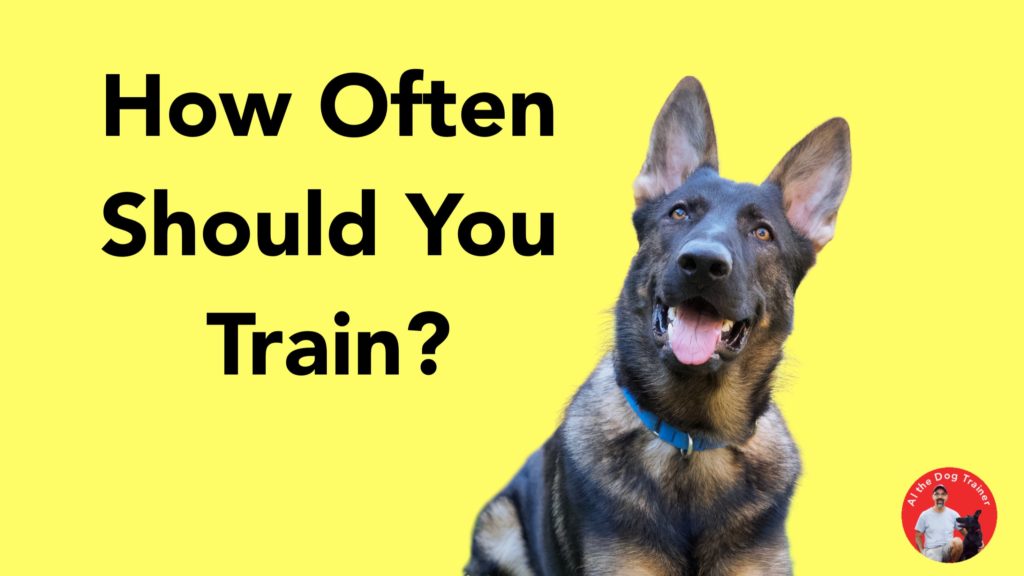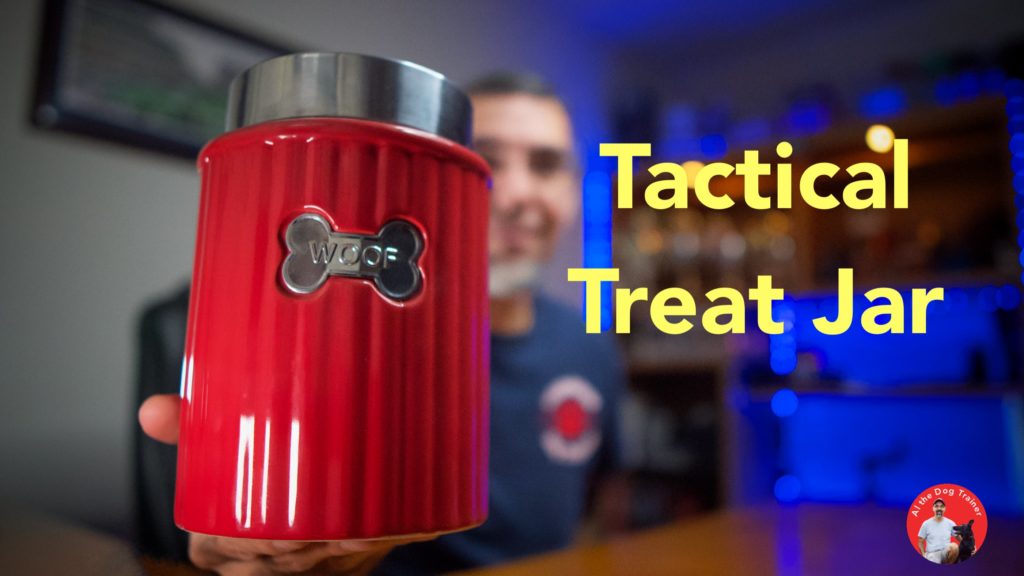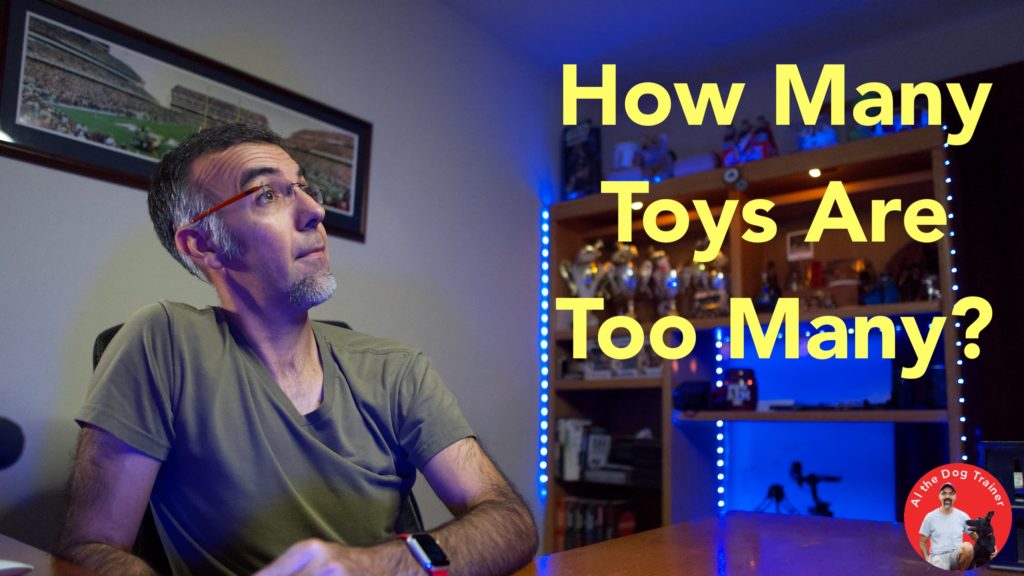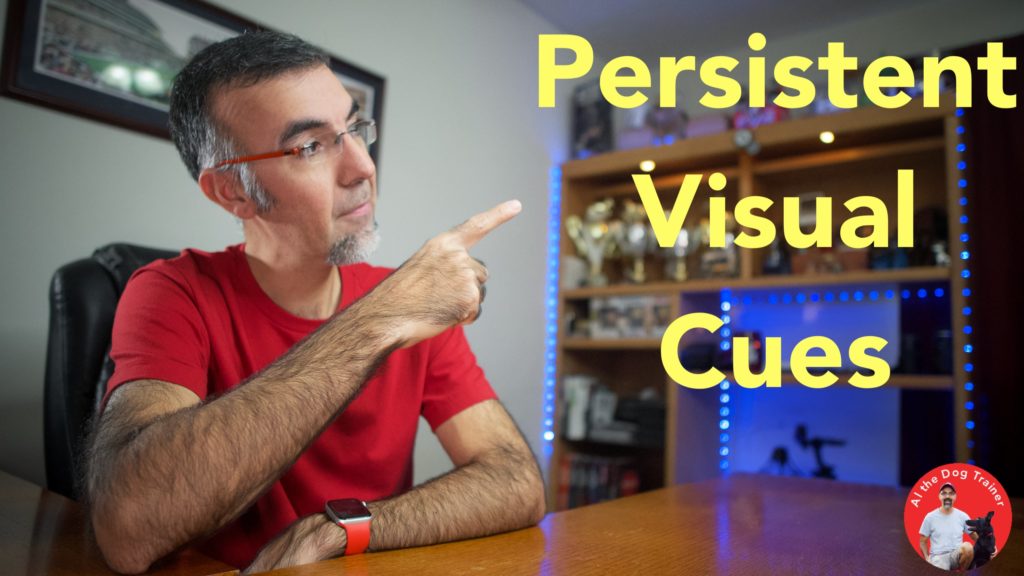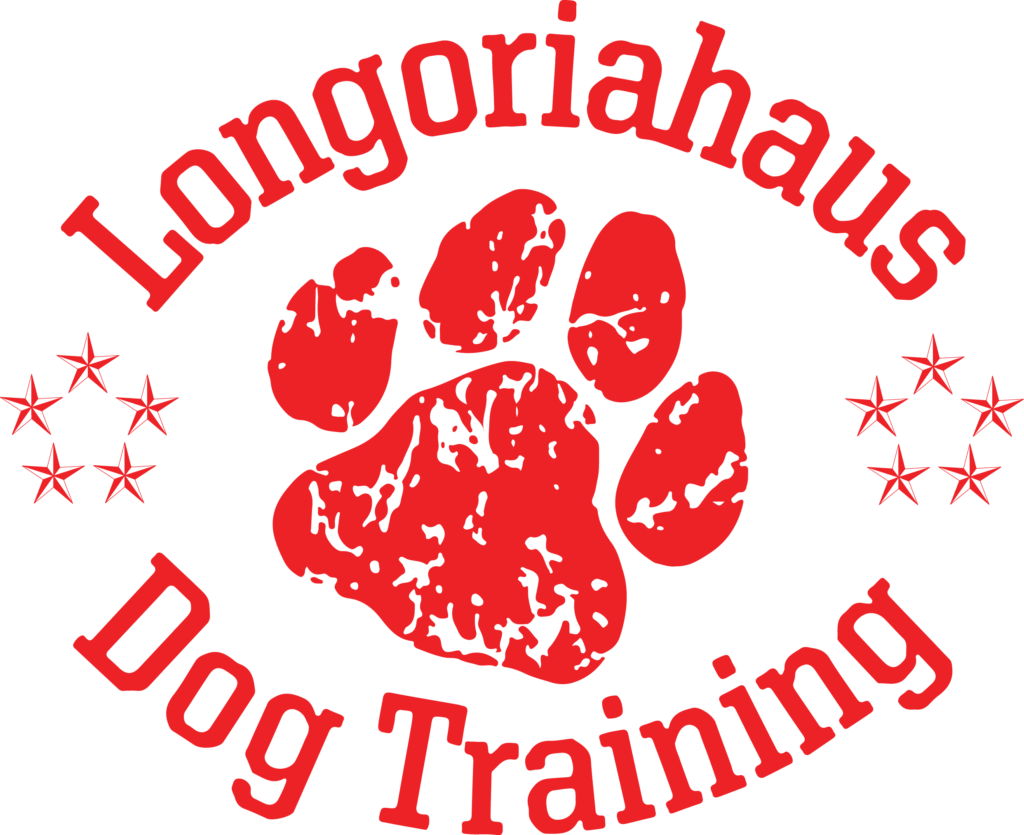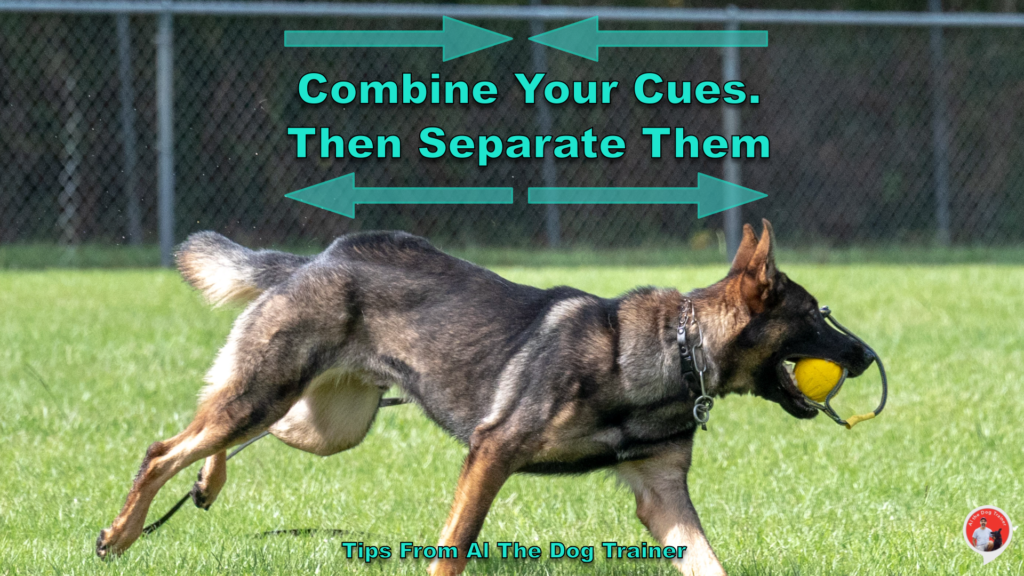
Often when I’m training people with their puppies and their untrained dogs, I combine a variety of cues together. So that way the dog can have plenty of clarity and make sure that they’re getting it exactly right. So that might include some leash work, body language, and that might consist of some food in hand. That might also include having a treat pouch somewhere on your body to guide the dog. And then, on top of all of that, I am layering in an individual verbal cue.
Place Command
So if you caught all that, that was pressure, motion, scent, and ultimately sound. And then what I do is combine those over and over and over again as I tell the dog to do a specific thing. So, for example, one of the things I like to do is teach the place command. It’s pretty simple to teach, and it’s a good place for beginners to start. So I put a little bit of pressure on the leash, and I quickly move off with my left leg. And then, when the dog is about to get on the bed, I will say, “go to your bed.” Once the dog has done that, I follow it with significant reinforcement for that particular dog.
Now, I could also do the same thing by putting on a little bit of leash pressure, putting food up to the nose, or omitting the leash pressure altogether, and still keeping the food there, leading the dog with some body language, like pointing or leading with my left leg. And then when the dog is about to get on there, say “go to your bed” and give the dog the piece of food.
Kind of Complicated
You’ll notice that those two techniques are very similar, but in one of them, we use the leash. In the other one, we use food, and you could also use both. But we also use body language in the verbal cue. So all that is complicated. Many little different things are going on, and the timing for it is essential. So at some point, once the dog knows how to do a particular skill, let’s use the place command for now. If I feel that the dog really should know the verbal cue, what I’ll do is I’ll have the dog maybe five or six steps off of the bed.
I’ll have them in heel position, which they should already know. I’ll look down at the dog. They’ll be looking at me, and I will merely say, “go to your bed.” If I say that command without moving, pointing, putting a piece of food to the dog’s nose, and without using a leash and the dog does it five or maybe even ten times in a row, then I know the dog understands what the words mean. And this is good because now you can begin to use that verbal cue to explain different things to the dog.
Properly Trained
Now, that doesn’t mean that you can’t move ahead before you get to that point. But this is how you would go about testing to ensure that you have adequately trained a particular verbal cue to a dog. By eliminating body language, scent cues, leash cues, and any other cue, you can think about. That the dog hears the cue, and it does the command.
By the way, if you’re trying to do another kind of training, like some scent detection training, and you’ve been using food to get your dog to do something there. Well, you’d want to make sure that the odor you were training your dog on would do the command that the scent is telling your dog to do without there being food before the dog does that. And you would want to make sure that the dog can get it right in a row, five times, or maybe even ten times in a row.
So you see, here, you can always separate commands. But the best way to start them is by combining them. So that way, they get some of their associate of power together. But then you can check and see how powerful it is by just leaving that one cue all by itself and seeing if your dog will respond.
Test Your Dog
So test your dog today. Is there something that you feel that your dog knows well?
See if you can put them in a situation where you omit the body language, the leash, the food. Just tell your dog to do it now. If they don’t get it right, don’t get mad at the dog. Just start training.
Visit my YouTube channel for all kinds of helpful videos and find more tips like this right here at www.longoriahausdogtraining.com.
Happy Training!

